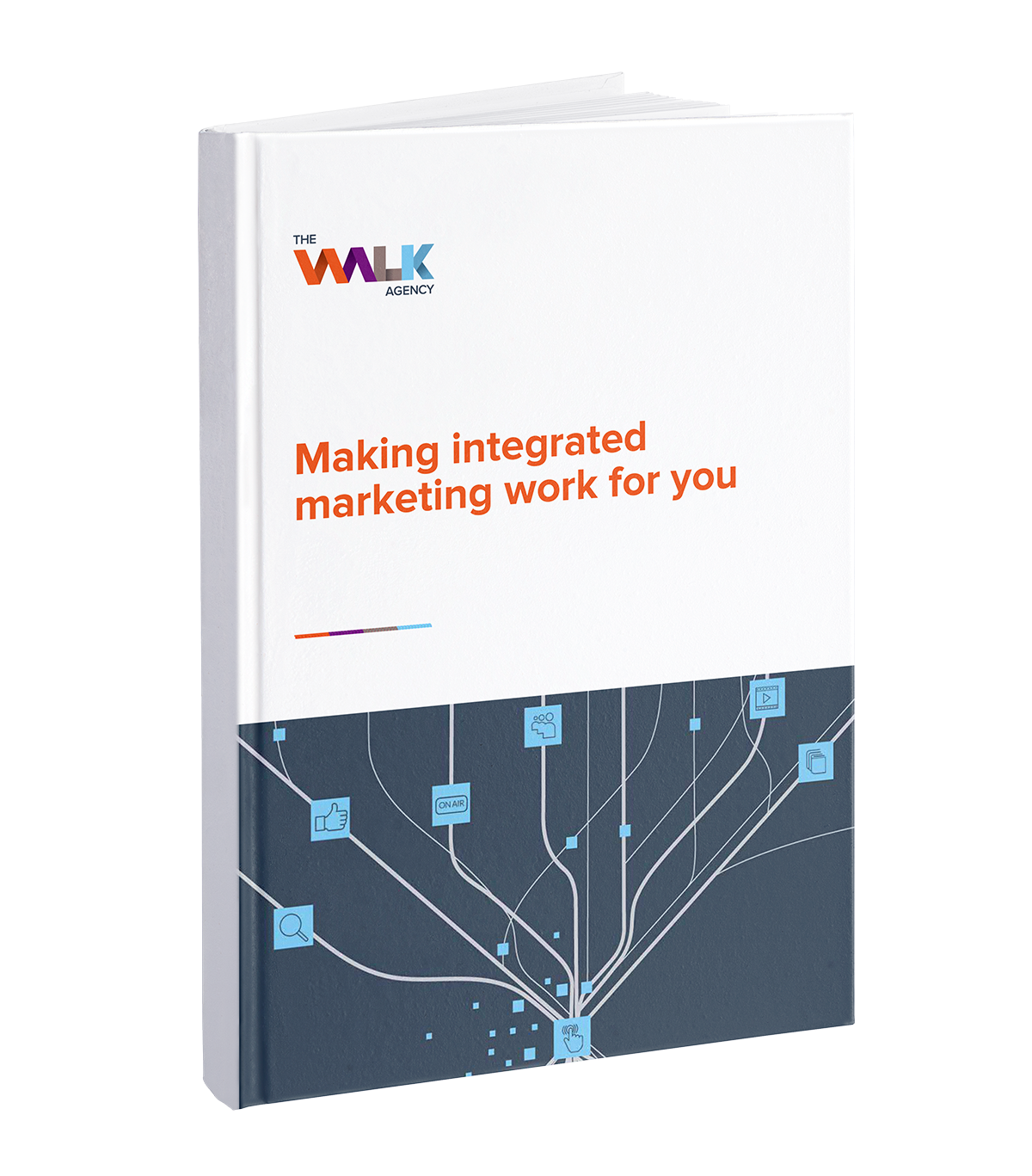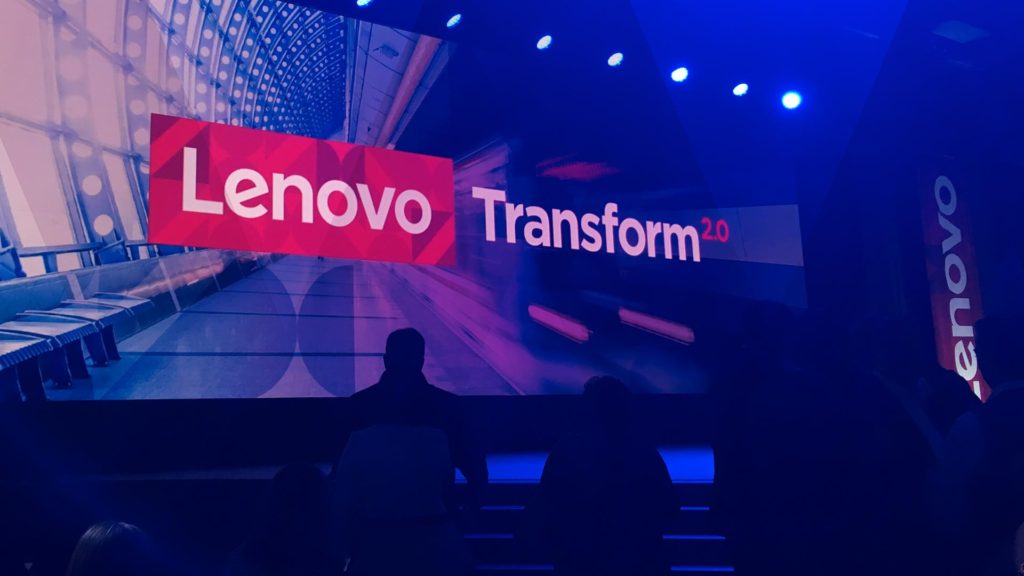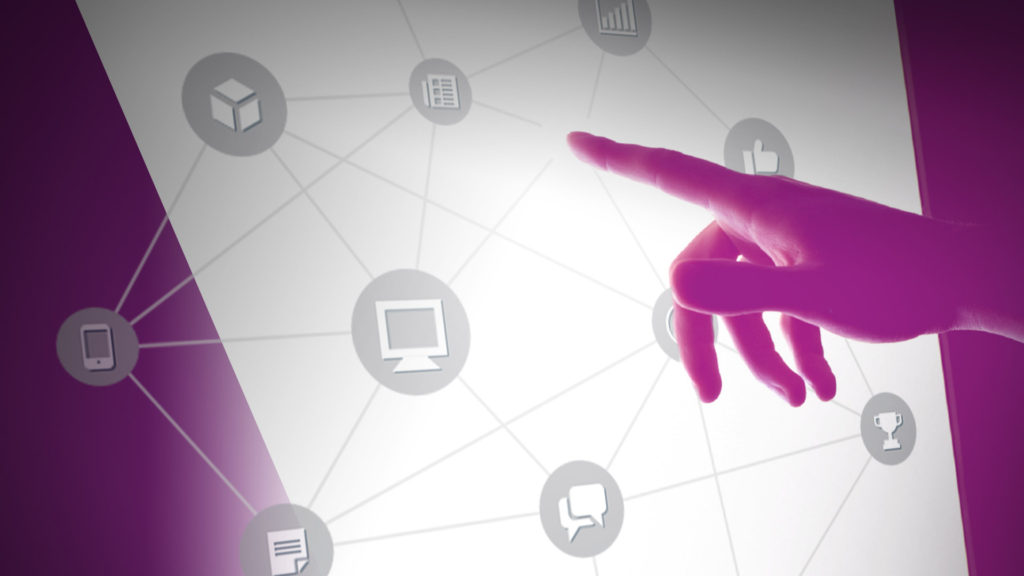In today’s rapidly evolving digital world, keeping pace with web design and user experience (UX) trends isn’t just important – it’s essential. These trends go beyond mere aesthetics, encompassing functionality, efficiency, and the overall user journey. For businesses and agencies looking to stay ahead, understanding and implementing these trends is crucial. Read on to discover the latest trends in web design and development, plus insights into how you can propel your online presence forward.
Responsive design – more than just a trend
Responsive design has long passed the stage of being a trend; it’s now a staple in web design. As new devices and screen sizes flood the market, the need for adaptable, fluid websites is more pressing than ever. We’re seeing a push towards designs that not only scale up or down smoothly but also enhance user experience on every device. The key lies in intuitive layouts, flexible images, and media queries that react not just to screen size, but to capabilities and user preferences.
AI and machine learning in web design
Artificial intelligence (AI) and machine learning (ML) are no longer buzzwords; they are powerful tools reshaping web design and development. Let’s explore how:
-
Automated code generation
AI tools like GitHub Copilot represent a paradigm shift in coding. These platforms, powered by machine learning models trained on vast codebases, suggest code snippets and functions as developers type. This not only speeds up development but also minimises errors, making for a more streamlined and efficient workflow. Yes please.
-
Design assistance and optimisation
AI-driven design tools are becoming indispensable in crafting visually stunning and functional websites. Adobe’s Sensei, for example, analyses design elements and offers recommendations on layout, colour schemes, and typography. This guidance is grounded in best practices and emerging trends, ensuring designs are both contemporary and effective.
-
Personalised user experience design
The power of AI to analyse user data and behaviour is transforming web personalisation. Tailoring content, layout, and functionality to individual users based on their preferences and interactions enhances engagement and drives satisfaction. This approach creates a more intuitive and enjoyable browsing experience, encouraging users to stay longer and engage more deeply with your content.
Minimalism and simplified user journeys

The trend towards minimalism in web design is about more than just aesthetics; it’s about user experience. Simplifying design elements and content leads to clearer navigation paths and a more intuitive user interface. This approach reduces distractions and focuses attention on the most important aspects of a site, whether that’s a call-to-action, key information, or a particular product or service. By stripping away the non-essential, websites become more functional and engaging.
Advanced interactivity and motion UI
Interactive elements like animations, transitions, and dynamic content are taking user engagement to new heights. These features add a layer of depth and sophistication to websites, making them more lively and engaging. However, it’s crucial to strike a balance between interactivity and performance. Excessive animations or overly complex interactions can hinder website performance and user experience, especially on mobile devices. We’re big fans of minimalism and if you too subscribe to that, you might find this gives you space to have some fun at the right times.
Accessibility and inclusive design

Inclusive design ensures that websites are accessible to all users, including those with disabilities. This involves considering elements like colour contrast for better visibility, providing alternative text for images, and ensuring that navigation is possible via keyboard commands. By embracing accessibility, websites not only comply with legal standards but also reach a wider audience, enhancing both usability and inclusivity. The shift to a more inclusive world is incredibly important so we don’t see this as a trend so much as an ethical choice. One that we should all be thinking about from the very start.
The rise of voice user interfaces (VUI)
Voice user interfaces (VUI) are becoming an integral part of web design. With the rise of voice-activated devices and assistants, designing websites that are navigable through voice commands is increasingly important. This trend is about making websites more accessible and providing users with new, convenient ways to interact with online content.
Sustainable and green web design
The emerging trend of sustainable and green web design is gaining momentum. This approach involves designing websites that are energy-efficient, with optimised assets and reduced data transfer. It’s not just an ethical choice; it’s a business strategy. Eco-conscious consumers are more likely to engage with brands that demonstrate a commitment to sustainability. It might also be worth spending some time thinking about hosting architecture and the source of power that your host uses. You can choose renewable powered hosting providers these days.
Cybersecurity in web design
In an era where online security threats are rampant, the role of web design in cybersecurity cannot be overstated. Secure design principles involve more than just robust back-end defences; they encompass user interface elements that promote safe browsing and protect user data. This includes clear privacy policies, secure checkout processes, and transparent information handling practices.
We wrote a brief 6 step guide to help you assess your security. You can find a link to that below.
The web design and development landscape is constantly evolving, and keeping abreast of these trends is vital for businesses and agencies alike. By embracing these cutting-edge approaches, you can ensure that your online presence is not only modern and engaging but also effective and secure. If you’re looking to integrate these trends into your website, our agency is at the forefront of this digital evolution, ready to guide you through every step of the process.





